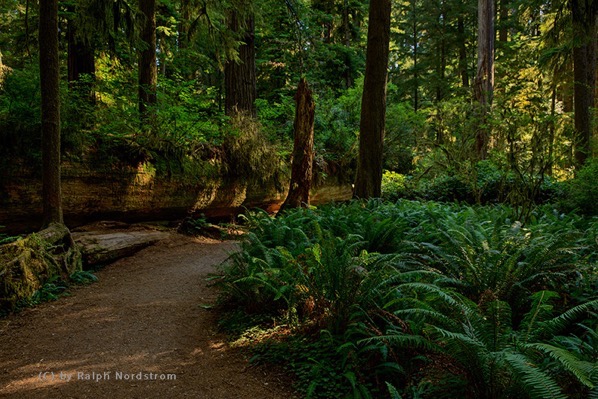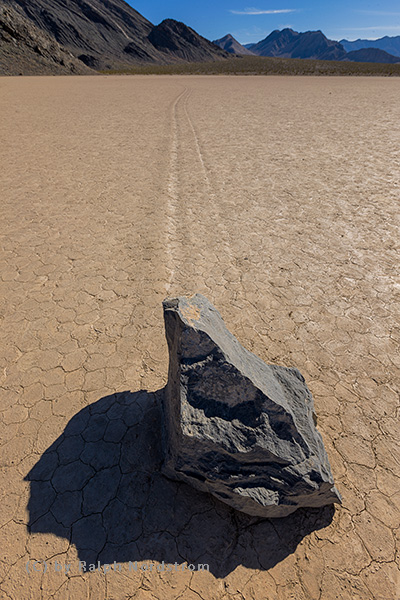It’s 6:00 in the morning. I’m in my car, leaving our Southern California neighborhood and making my way to the freeway. I’m heading north and have to cross the LA basin which, at this time of day, is not easy. But I have a destination that is calling me. I’m on my way to the redwoods of Northern California, 800 miles from home. I’m looking forward to feeling small and insignificant and renewed among these magnificent trees.
There are two types of redwood trees in North America and practically all of them are in California. The coastal redwoods, where I’m headed, are the tallest living organisms on the planet with the tallest topping out at 379 feet. They are found in groves that span over 450 miles from Big Sur in the south to just across the Oregon border in the north. They thrive on the fogs that are common along the coast.
The other redwood tree is the Giant Sequoia that grows on the western slopes of the Sierra Nevada mountains. Where the coastal redwoods are tall and slender, the giant sequoia are of enormous girth. They are considered to be the most massive living organism on the planet. (But a rumor is spreading that a coastal redwood was found recently that is more massive than the largest giant sequoia, and thereby giving the coastal redwoods both titles.)
I made it out of the LA basin, crossed over the Grapevine on I-5 and into the great central valley of California. This stretch of I-5 is considered by many to be the most boring highway in the country with mile after mile of pretty much the same, barren landscape. After what seems like endless hours I turn west towards the Bay Area. This will be anything but uneventful.
Making it through the East Bay is more than 100 miles of congestion and is not something I look forward to. In fact, it’s fair to say that I dread it. I enjoy the Richmond Bridge; I think I like it more than Golden Gate. But getting there usually requires navigating mile upon mile of stop and go traffic and once it is crossed, there’s more of the same on the other side. Arg.
But when it’s finally behind me the promise of the serene redwoods comes over me and I’m excited again, re-energized and eager to continue.

Continue reading “The Redwoods Are Calling Me”
(91)

